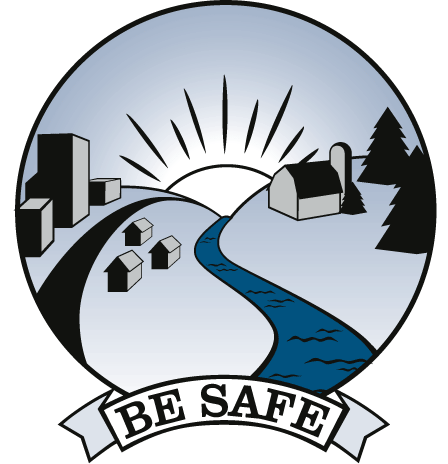![]()
![]()
![]()
![]()
Asphalt Plant Pollution

Asphalt plants mix gravel and sand with crude oil derivatives to make the asphalt used to pave roads, highways, and parking lots across the U.S. These plants release millions of pounds of chemicals to the air during production each year, including many cancer-causing toxic air pollutants such as arsenic, benzene, formaldehyde, and cadmium. Other toxic chemicals are released into the air as the asphalt is loaded into trucks and hauled from the plant site, including volatile organic compounds, polycyclic aromatic hydrocarbons (PAHs), and very fine condensed particulates.[EPA
Asphalt Fumes are Known Toxins. The federal Environmental Protection Agency (EPA) states "Asphalt processing and asphalt roofing manufacturing facilities are major sources of hazardous air pollutants such as formaldehyde, hexane, phenol, polycyclic organic matter, and toluene. Exposure to these air toxics may cause cancer, central nervous system problems, liver damage, respiratory problems and skin irritation." [EPA]. According to one health agency, asphalt fumes contain substances known to cause cancer, can cause coughing, wheezing or shortness of breath, severe irritation of the skin, headaches, dizziness, and nausea. [NJDHSS] Animal studies show PAHs affect reproduction, cause birth defects and are harmful to the immune system. [NJDHSS] The US Department of Health and Human Services has determined that PAHs may be carcinogenic to humans. [DHHS]
Health Impacts & Loss of Property Value. The Blue Ridge Environmental Defense League (BREDL), a regional environmental organization, has done two studies on the adverse impacts on property values and health for residents living near asphalt plants. A property value study documented losses of up to 56% because of the presence of a nearby asphalt plant. In another study, nearly half of the residents reported negative impacts on their health from a new asphalt plant. The door-to-door health survey found 45% of residents living within a half mile of the plant reported a deterioration of their health, which began after the plant opened. The most frequent health problems cited were high blood pressure (18% of people surveyed), sinus problems (18%), headaches (14%), and shortness of breath (9%). [BREDL]
Flawed Tests Underestimate Health
Risks. In addition to smokestack emissions, large amounts
of harmful "fugitive emissions" are released as the asphalt is moved around in trucks and conveyor belts, and is
stored in stockpiles. A small asphalt plant producing 100 thousand tons of asphalt a year may release up to 50 tons
of toxic fugitive emissions into the air. [Dr. R. Nadkarni] Stagnant air and local weather patterns often increase the
level of exposure to local communities. In fact, most asphalt plants are not even tested for toxic emissions. The
amounts of these pollutants that are released from a facility are estimated by computers and mathematical formulas
rather than by actual stack testing, estimates that experts agree do not accurately predict the amount of toxic
fugitive emissions released and the risks they pose. According to Dr. Luanne Williams, a North Carolina state
toxicologist, 40% of the toxins from asphalt plant smokestacks even meet air quality standards
and for the other 60% of
these emissions, the state lacks sufficient data to determine safe levels.
BE SAFE: Take Precautionary Action to Protect
Our Communities
from Asphalt Plant Air Pollution